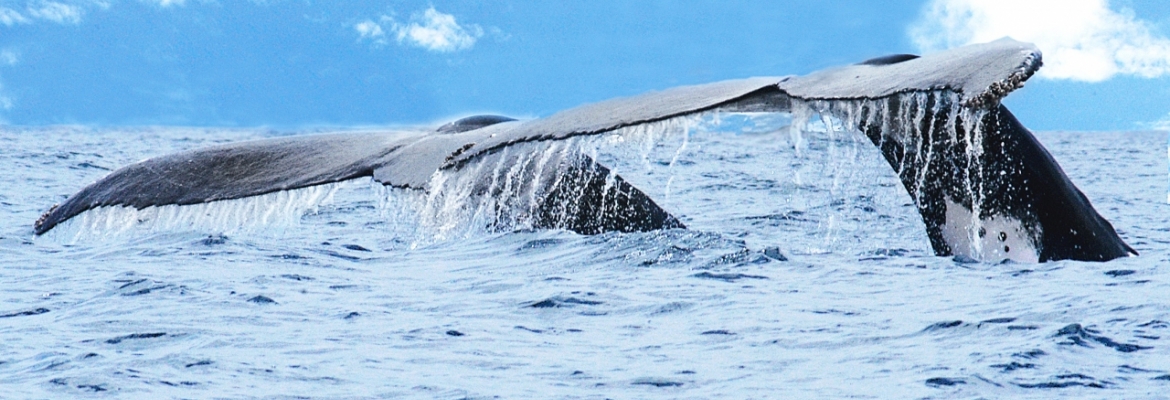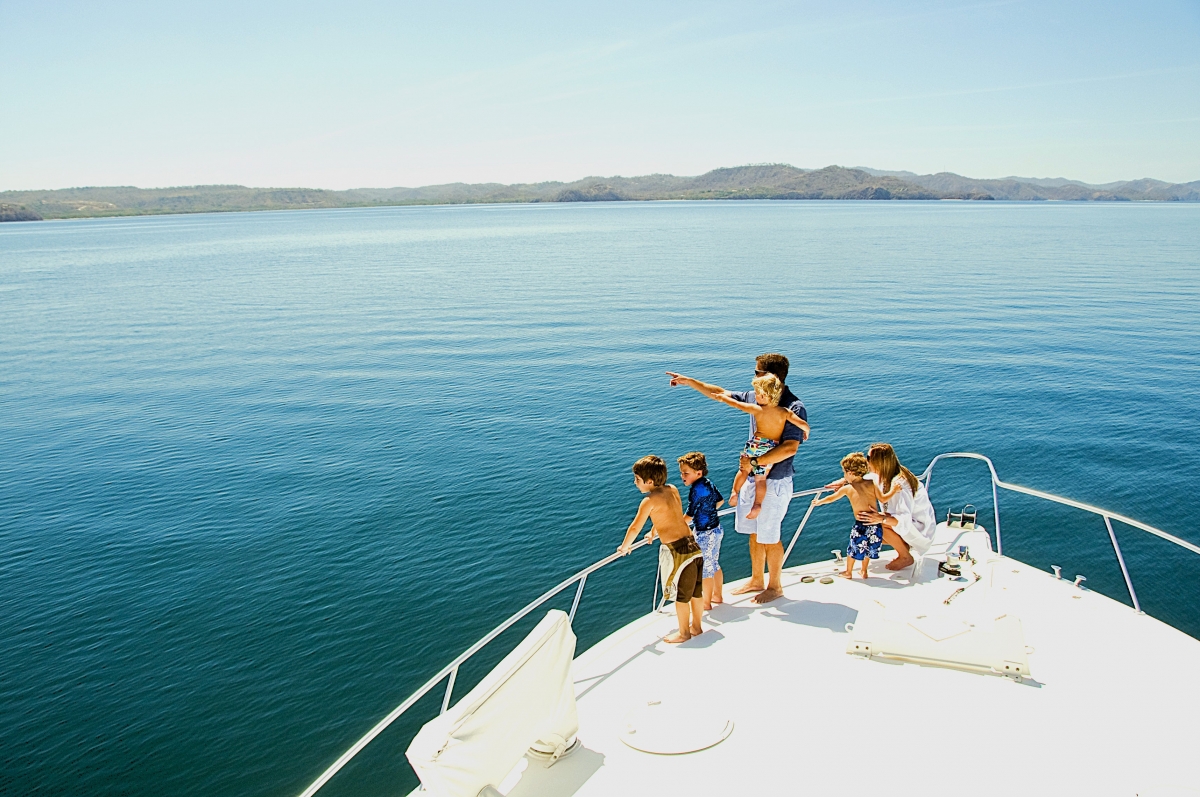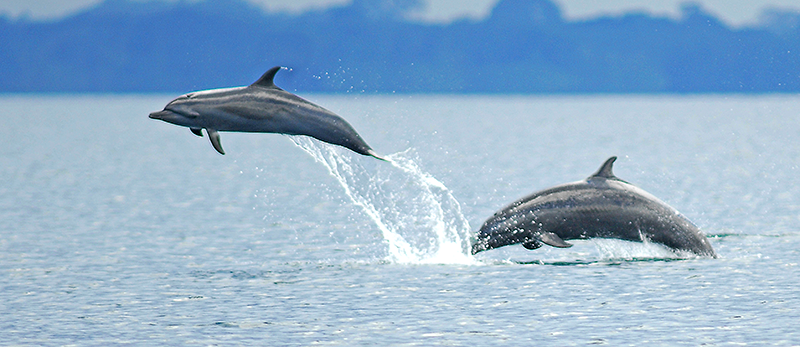Whale Season in Costa Rica’s Osa Peninsula: A Spectacle of Nature

When Does Whale Season Happen?

Whale watching in the Osa Peninsula reaches its peak from July to October, making it one of the longest whale seasons in the world. This period coincides with the migration of humpback whales from the southern hemisphere, primarily from Antarctica. These whales seek the warm, sheltered waters of the Golfo Dulce, one of the only tropical fjords in the world, as a safe haven for their newborn calves. Additionally, some whales from the northern hemisphere can be spotted between December and April, though their numbers are fewer compared to the southern visitors.
Why the Osa Peninsula?

Humpback whales are known for their long migrations, covering distances of over 5,000 miles. They are drawn to the Osa Peninsula for its warm tropical waters, which are much safer for calves than the colder, predatorladen waters of their feeding grounds. The Osa also offers abundant food sources and serves as a natural nursery for the newborns
What to Expect When Whale Watching
Visitors to the Osa Peninsula can embark on specialized whalewatching tours, many of which depart from towns such as Puerto Jiménez or Drake Bay. During these tours, lucky spectators can observe the spectacular acrobatics of humpback whales—breaching, tailslapping, and pectoral fin waving are just some of the behaviors these whales exhibit. The sight of a mother whale gently guiding her newborn calf through the waves is a truly unforgettable experience.
In addition to humpback whales, visitors might spot other marine life such as dolphins, sea turtles, and even whale sharks, all of which thrive in the biologically rich waters of the Osa Peninsula.

